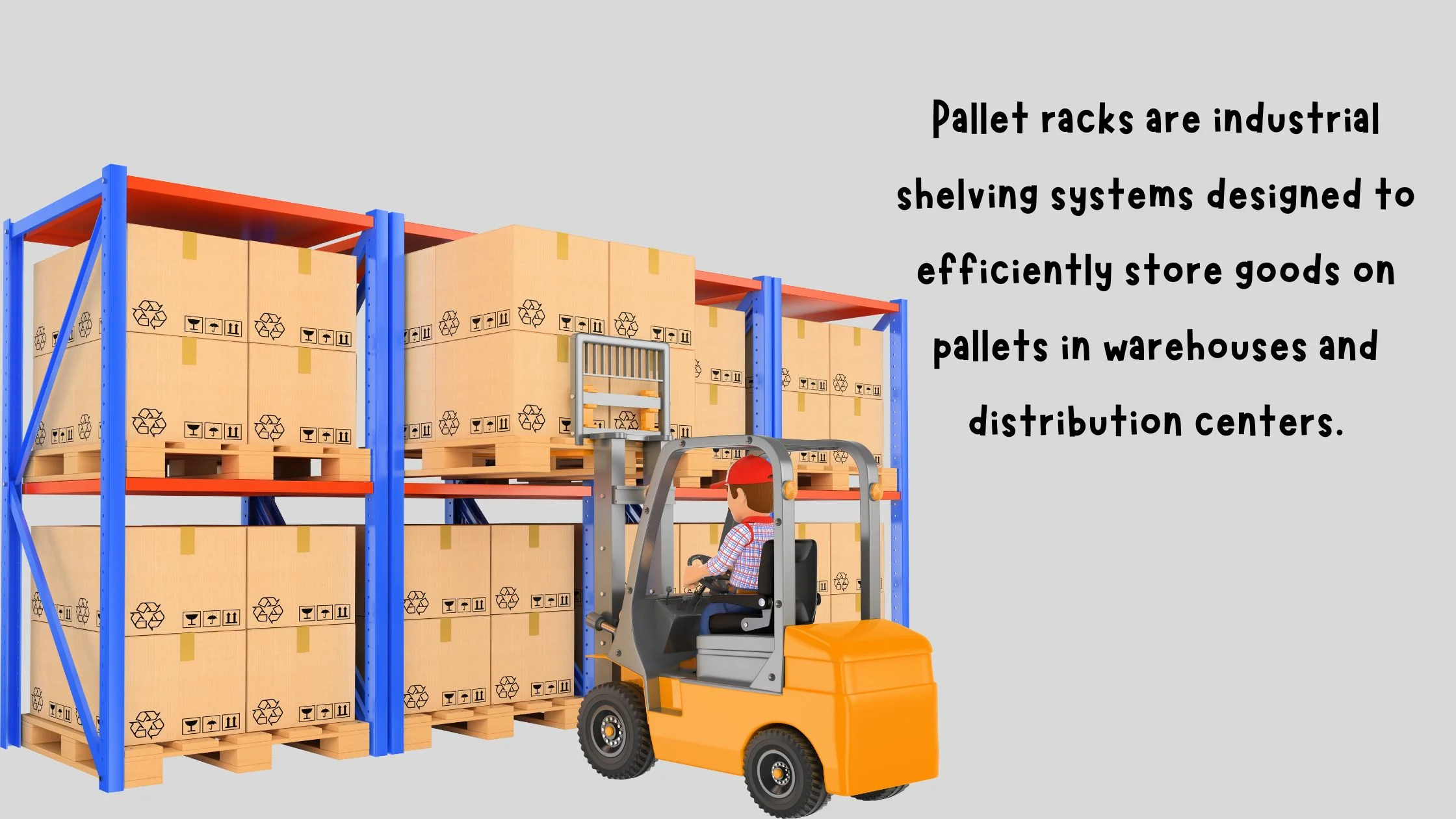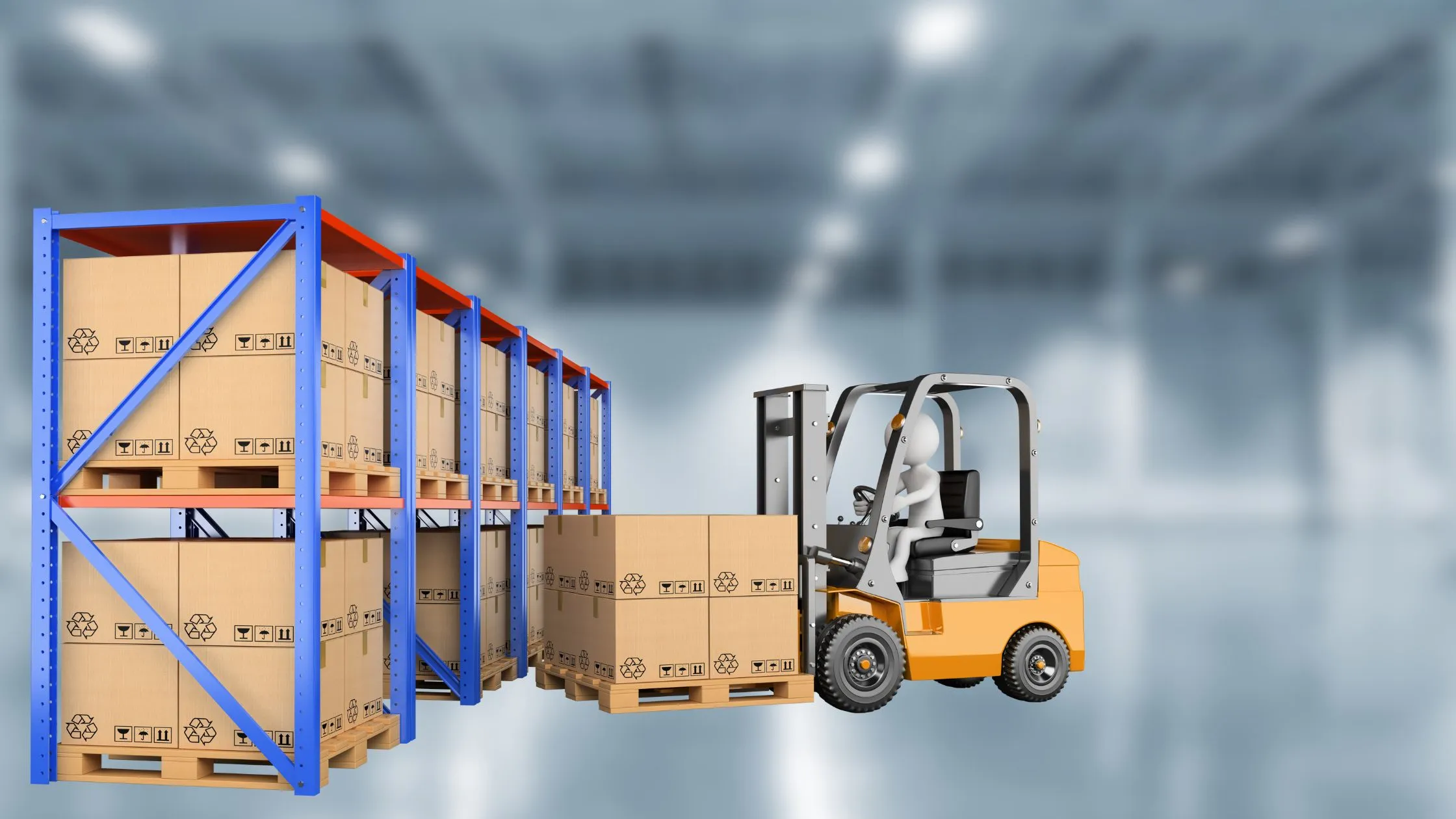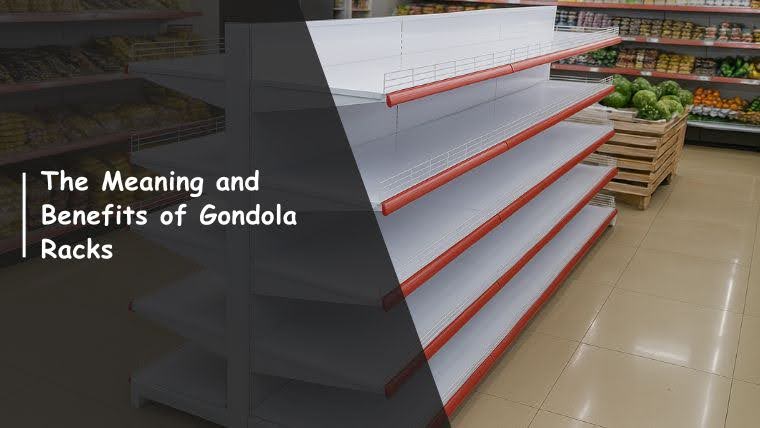7 Easy Steps to Set Up Pallet Racks in Your Warehouse
Learn how to efficiently set up pallet racks in your warehouse in 7 easy steps. Maximize storage space and improve organization for better workflow.

Learn how to efficiently set up pallet racks in your warehouse in 7 easy steps. Maximize storage space and improve organization for better workflow.

Pallet racks are an efficient means of maximizing your warehouse's potential.
This article will help you to guide with easy steps to set up pallet racks, optimizing your space and workflow. First, assess your warehouse layout and storage needs. Next, choose the right type and size of pallet racks to maximize storage capacity. Then, ensure proper installation by following manufacturer guidelines and safety standards.
Organize inventory logically, considering accessibility and weight distribution. Lastly, regularly maintain and inspect your pallet racks to ensure longevity and safety. With these simple steps, you'll transform your warehouse into a well-organized and efficient space ready to meet your business's demands.
Pallet racks are industrial shelving systems designed to efficiently store goods on pallets in warehouses and distribution centers. They consist of upright frames, horizontal beams, and wire mesh decking to support pallets of varying sizes and weights.
Pallet racks maximize vertical space, allowing easy access to stored items and optimizing warehouse organization. They come in various configurations, such as selective, drive-in, and push-back racks, each suited to different storage needs and space constraints.
By utilizing pallet racks, businesses can streamline inventory management, improve workflow efficiency, and maximize storage capacity, ultimately enhancing overall operational productivity and profitability in the logistics chain.
Pallet racks offer numerous benefits for warehouse operations.
Setting up pallet racks in your warehouse requires in depth planning and execution to make sure the optimal utilization of space and safety. Here are the easy steps to guide you through the process:
Before purchasing pallet racks, you must assess your warehouse space and storage requirements. Consider factors such as the dimensions of your warehouse, the types of products you keep, their sizes and weights, and any specific storage regulations or standards you must adhere to.
There are several types of pallet racks available, each designed to accommodate different storage needs and warehouse configurations:
Warehouses with a multiple variety of products and frequent access requirements should opt for pallet racking systems, as they offer direct access to each pallet, making it incredibly convenient to retrieve specific items.
Suitable for warehouses with high-density storage requirements. Drive-in racks help the forklifts to drive into the rack system, while drive-through racks have entry points on both ends, enabling forklifts to access pallets from either side.
These racks use a gravity-fed system, allowing pallets to be pushed back along inclined rails. They offer high-density storage with fewer aisles, making them ideal for warehouses with limited space.
Utilize gravity to move pallets along rollers or wheels, ensuring FIFO (First In, First Out) inventory rotation. Ideal for perishable goods or products with expiration dates.
They are designed to store long, bulky items such as lumber, pipes, or furniture. They feature horizontal arms that extend from vertical columns, providing easy access to stored items.
Select the type of pallet rack that best suits your warehouse layout, storage requirements, and budget constraints.
Once you have selected the type of pallet rack, it is time to determine the configuration and layout of the racks within your warehouse. Consider factors such as aisle width, aisle space for forklift maneuverability, and the overall flow of goods through your warehouse.
Ensure adequate space between racks to accommodate forklifts and other material-handling equipment. You may also need to consider factors such as fire safety regulations and building codes when designing the layout of your pallet racks.

Before installing pallet racks, it is essential to calculate the load capacity of the racks and make sure that they can safely support the weight of your products. Consult the manufacturer's specifications and engineering guidelines to determine the racks' maximum load capacity, considering factors such as beam capacity, upright capacity, and load distribution.
Additionally, consider the spacing between pallets to ensure proper weight distribution and prevent overloading. Leave enough space between pallets to allow for ventilation and easy access to stored items.
Once you have finalized the layout and calculated load capacities, it is time to install the pallet racks in your warehouse. Follow these steps for proper installation:
Clear the designated area of any obstructions or debris. Ensure the floor is clean, level, and free of any cracks or damage.
Follow the manufacturer's instructions to assemble the upright frames, horizontal beams, and other components of the pallet racks. Use appropriate tools and hardware to securely fasten the components together.
Anchor the pallet racks using anchor bolts or floor anchors to the warehouse floor. This will help stabilize the racks and prevent them from tipping over or shifting under load.
Install the horizontal beams at the desired height levels to create shelf levels for pallet storage. Ensure the beams are properly aligned and securely attached to the upright frames.
If using wire mesh decking, place the decking panels on top of the beams to provide a stable surface for storing pallets. Wire mesh decking helps prevent dust accumulation, improves visibility, and enhances safety by reducing the risk of items falling through the racks.
Once the racks are installed, carefully place pallets onto the beams, ensuring they are properly aligned and evenly distributed. Use pallet supports or safety clips to secure the pallets in place and prevent them from shifting or falling.
Label each rack aisle and shelf level to easily identify stored items. Organize inventory logically based on factors such as SKU, product type, or order frequency to optimize workflow efficiency.

After installing the pallet racks, conduct thorough safety inspections to ensure that the racks are properly installed and secure. Check for any signs of damage, such as bent beams or loose connections, and address any issues immediately.
Inspect the racks regularly to identify any potential safety hazards or maintenance needs. Train warehouse staff on proper pallet rack usage and safety measures to prevent accidents and hazards.
Implement regular maintenance procedures to ensure the long-term integrity and safety of your pallet racks. This may include inspecting racks for damage, cleaning debris or dust buildup, and addressing any necessary repairs or replacements.
Follow the manufacturer's recommendations for maintenance and inspection intervals to keep your pallet racks in optimal condition. By implementing proactive maintenance procedures, you can extend the lifespan of your pallet racks and ensure continued safety and efficiency in your warehouse operations.
By following these steps, you can easily set up pallet racks in your warehouse, optimizing storage space, improving workflow efficiency, and enhancing overall productivity and safety in your facility.
Implementing pallet racking systems in your warehouse offers myriad benefits, from maximizing storage space to enhancing workflow efficiency and safety. By carefully assessing your warehouse needs, selecting the appropriate rack type, and diligently following installation and maintenance procedures, you can create a well-organized and optimized storage environment.
Pallet racking improves inventory management and contributes to your business's overall productivity and profitability. With proper planning and execution, pallet racking becomes an indispensable asset, enabling you to meet your operations' demands effectively while ensuring the safety and integrity of your stored inventory.
Expanda Stands is the right option to choose the pallet racks. We are the leading manufacturer and supplier of pallet racks in India .You do not need to worry about establishing the pallet racks according to your warehouse, as our team will come to your warehouse to measure the dimensions and manufacture the racks with proper communication.
We will never compromise on the quality, and our products are tested at various times to ensure safety and durability so that we will build a trustworthy relationship with customers worldwide.




Ready to Upgrade Your Process Operations?